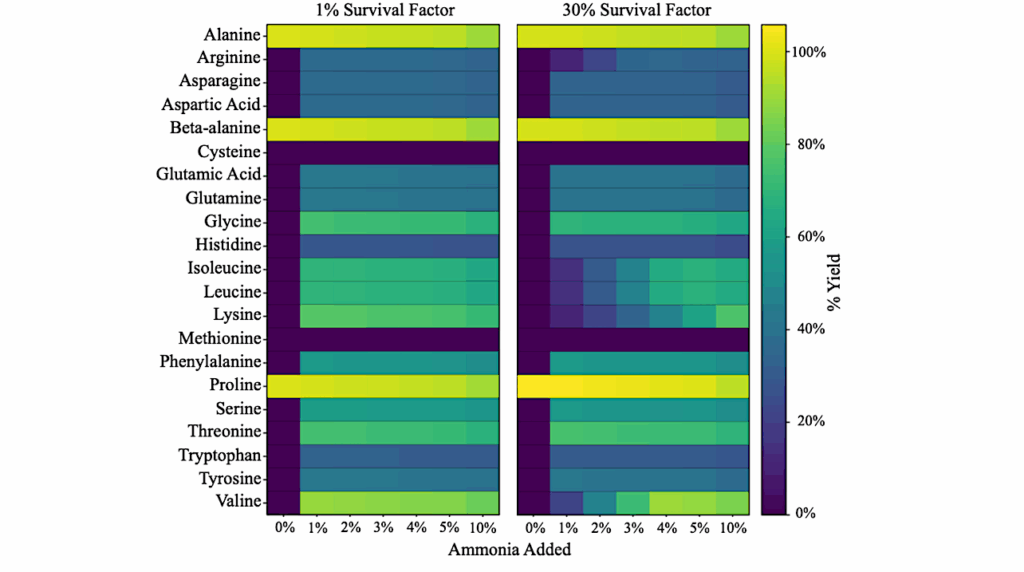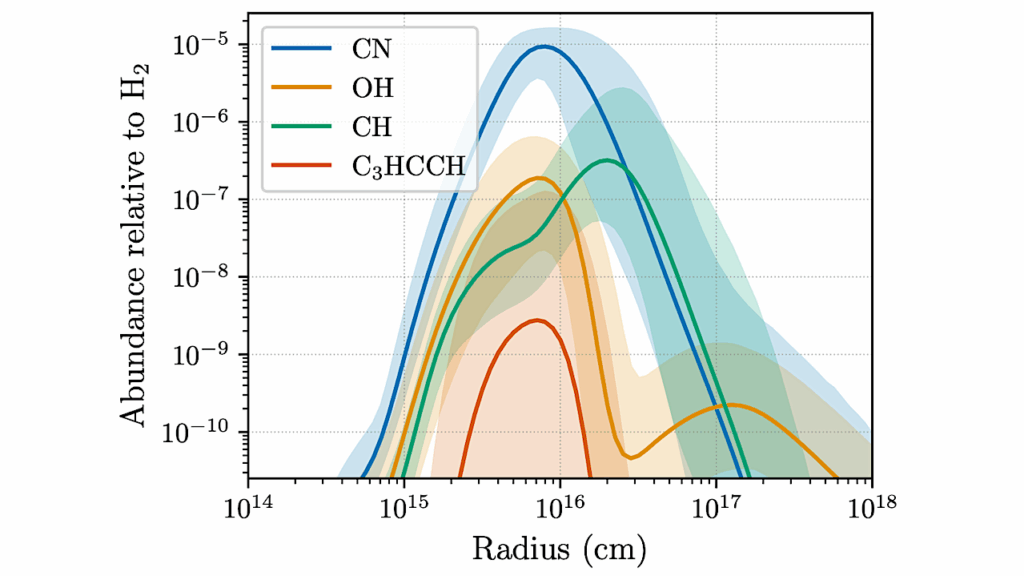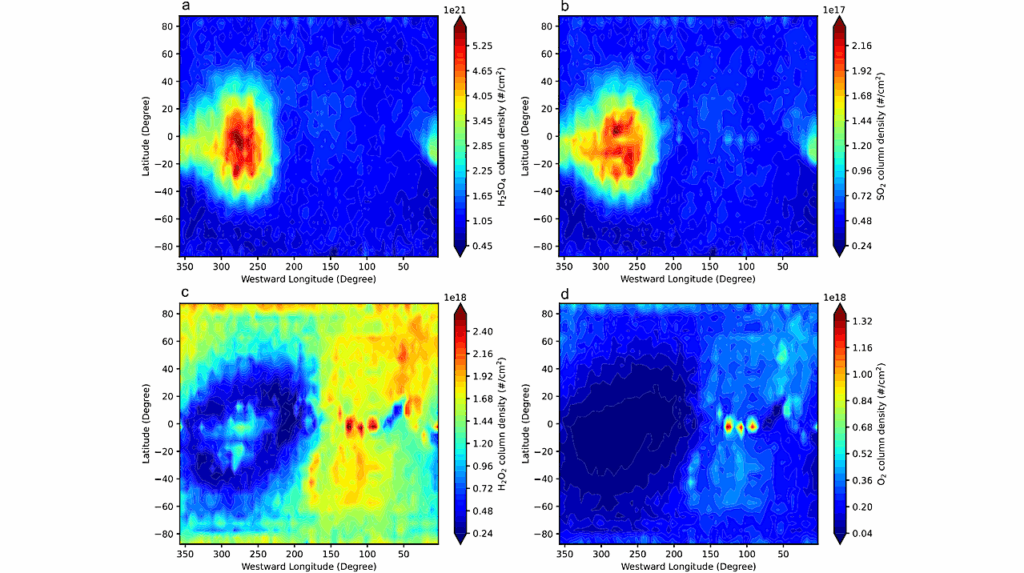Evidence of Ancient Impact Preserved in Modern Sand
Through NAI’s Minority Institution Research Support Program, scientists at the University of Puerto Rico and their collaborators have identified a unique record of an ancient meteorite impact event that is preserved in microstructures in detrital grains of quartz, zircon, and monazite in the Vaal River, South Africa. The sand samples were collected from the channel of the Vaal River near the two billion-year old Vredefort Dome impact structure, where impact-shocked minerals are known to occur in rocks.
This is the first report that impact shock-deformed minerals survive the process of uplift, erosion, and sedimentary transport. The unique mineral shock-deformation was documented by scanning electron microscopy at the University of Puerto Rico and the University of Wisconsin. The team’s results are published in the current issue of the GSA Bulletin.
This result demonstrates that a record of an ancient impact event can be preserved in sedimentary rocks billions of years after the impact crater is eroded. This recognition provides a new method to search for evidence of missing impacts in sedimentary rocks throughout the geologic time scale. This new insight may lead to the identification of missing impact events that have been hypothesized to cause biological mass extinctions, and also impact events on the early Earth that may have influenced the rise of life. [Source: NAI Newsletter]








